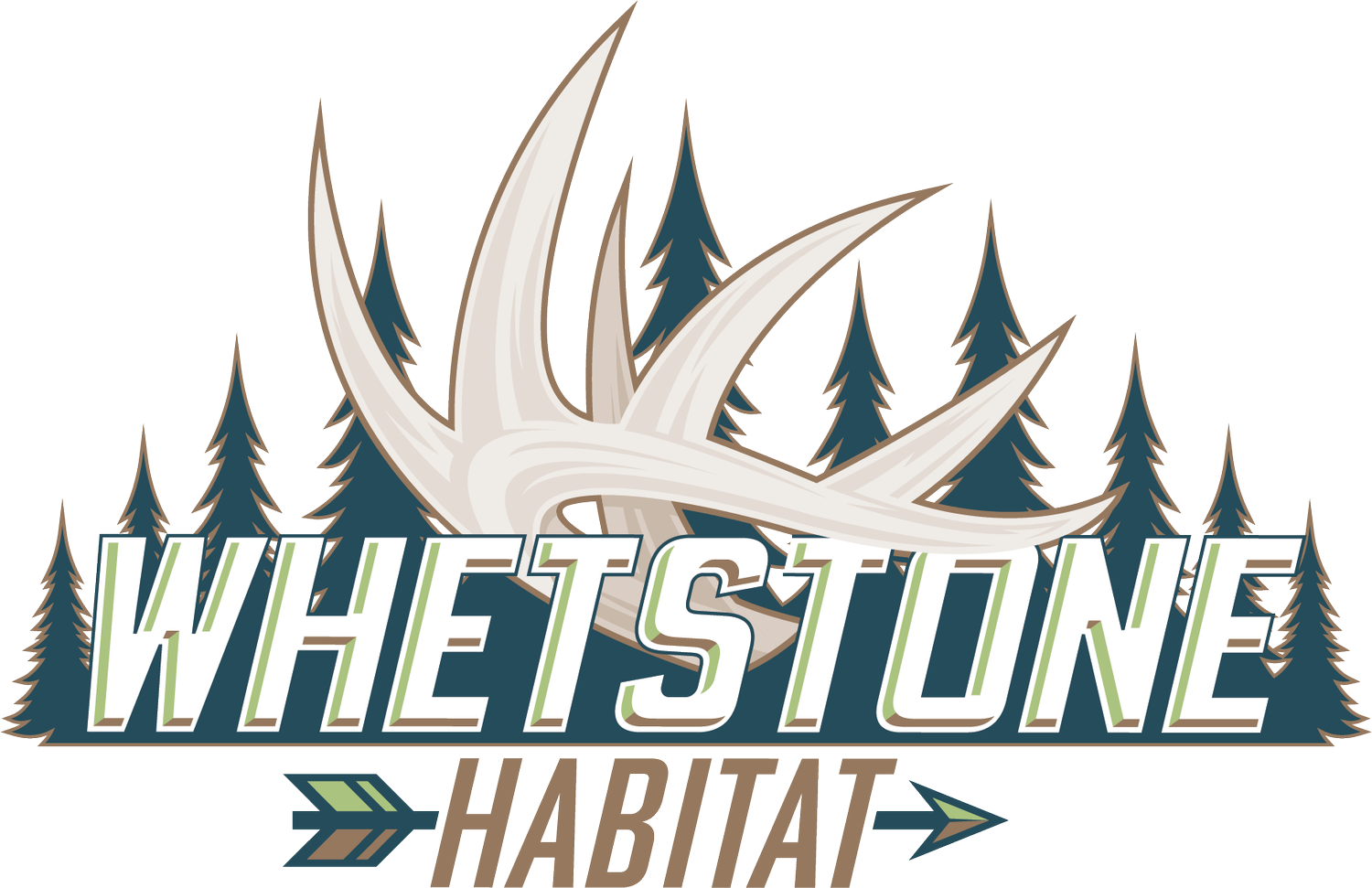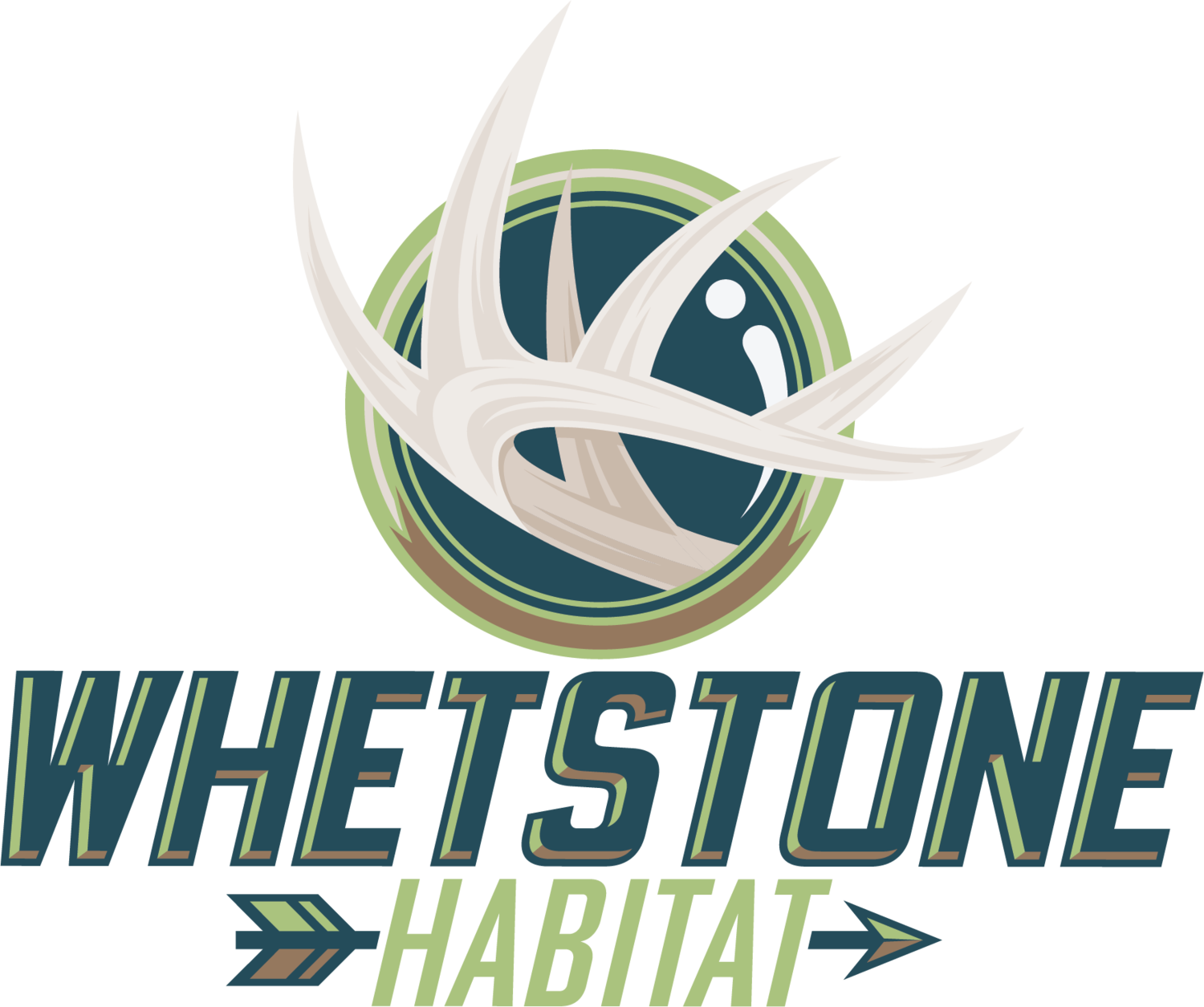Identifying a “Shooter” Buck: Establishing Guidelines for Acceptable Bucks to Harvest on your Property
Textbook “Shooter”
Like most of my whitetailed deer management recommendations, my guidelines for establishing your properties “Hit-List” or acceptable bucks to harvest comes with plenty of caveats, disclaimers, and exceptions. Depending on the management objectives on your particular piece of property, you may wish to look at my recommendations as more of a “sliding-scale” with regards to which age class to target. If you read my article about How a Buck Can Reach His Full Potential, you will remember that AGE is the most important factor in that complicated equation. This is why age, NOT antler size, is going to be our baseline for determining a good candidate for harvest – or more simply put, a “Shooter”.
Referring back to my aforementioned article, you will remember that a 2 ½ year old buck is at roughly 60% of his maximum potential antler growth. At 3 ½, he jumps to approximately 75%, and at 4 ½ years of age, he is already at about 90% of what he will ever be antler wise. Over the rest of his life, the buck will greatly taper off in his annual growth rate in terms of antler size to over 95% at 5 ½, and will essentially be at 100% at 6+ years of age. It has also been a common observation of intensely managed deer herds that a buck’s antler size will begin to decrease after 6 ½ years of age!
There are exceptions to this trend in antler growth such as injury, drought, or disease which may set a deer back a year on the growth chart, but the trend is surprisingly consistent. For this reason, I typically make the recommendation to target deer at 4 ½ to 5 ½ years of age. Put simply, this is the sweet spot where the amount of resources that deer consumes, including forage and spatially, is lowest yet he will express the greatest antler size. You literally get the most “bang for your buck”, as the buck will continue to consume your landscapes resources yet put on negligible inches on his antlers in the following years to come.
This is why I always preach the importance of aging deer on the hoof. It is easy to convince yourself that an exceptional 3 ½ year old buck is 4 ½ when simply looking at his headgear. Focusing on body attributes, as opposed to antler size, will pay huge dividends when you successfully identify the up and coming stud and allow him to walk and live another year. Physical features such as belly sag, muscle definition in the shoulder, and brisket size are all attributes I look for when aging a buck on the hoof. A quick litmus test I often use for determining if a buck is 3 ½, 4 ½, or 5 ½ + goes like this:
Imagine the buck is standing in front of you directly broadside. If you were to take a t-post and run it under his torso across the middle of his torso, about where his sternum begins, and lift up on both sides of that t-post, which direction would the buck fall? If he is heavier in the back half of his body and would tip over backwards onto his butt, you are looking at a 3 ½, year old buck. If his weight would be essentially evenly distributed along his torso and he would appear to balance fairly easily on the t-post, it is probably a 4 ½ year old buck. If he would flip over the t-post and land on his face, congratulations! You have successfully identified a 5 ½ + year old deer! He’s a shooter.
Now that we have identified the buck age class the average hunter should be allowed to harvest on your property, I’d like to take a moment to discuss some of the exceptions and caveats I mentioned at the beginning of my article.
Kids:
With the recent declines in hunter recruitment we have been seeing across the country for the last several decades, every new hunter we can introduce to the sport is precious and should be cherished. They are the future of this great tradition we are so lucky to have in this country. It is important to make sure the kids are having a great time and enjoying the opportunity to hunt on your land. If a forked yearling steps out in front of the blind and the kid is excited about the buck and wants to pull the trigger, let them do it! Remember, it is their hunt! Lack of patience is a character defect that all kids, and many adults (myself included) are plagued with. We as landowners and mentors have an obligation to the sport of hunting to ensure that these young hunters will be excited about getting back in the stand the following fall. If that means one less yearling walking around your farm that year, so be it. The hope is that after a year or two of harvesting smaller bucks, they will see the more mature deer others are harvesting on the property and will eventually learn the patience and discipline it takes to let those younger deer walk.
New Hunters:
The reasons for this group of hunters being able to make exceptions to your list of shooter bucks generally mirrors the same philosophy of allowing kids to harvest what they want. It is a matter of hunter recruitment and doing your service to the hunting community in successfully attracting that individual to the sport. The hope is that these new hunters, especially the late onset hunters, will have the financial means and ability to go out and purchase their own equipment and a license in the future. And who knows – if we do our job as landowners and hosts, maybe they will enjoy the experience enough to eventually take their kids out and teach them how to hunt, further contributing to this wonderful sport.
Special Circumstances:
I added this third category with hunters, such as my brother, in mind. He loves the outdoors and would be considered an experienced hunter. He is also a new father with a second kid on the way, so his ability to set time aside for hunting has been extremely limited the past couple years with little foreseeable change to his busy schedule. When he is lucky enough to make a trip out to the family farm, such as one weekend this year for Kentucky’s modern firearm season, I am more than willing to have some leniency with what he is allowed to harvest. The opportunity to create a cherished memory far outweighs the brief heartache I feel when I see an immature buck harvested on the farm. I always do my due diligence to ensure he is aware of our property’s management objectives – and try to entice him with pictures of what I would consider “shooter” bucks, but completely understand that his time is limited and he has a family to provide for. Ideally, one of our hit-list bucks or a mature doe steps out in front of him providing a shot, but if it is an up and comer, and it makes him happy, I will be there to help drag him out of the woods with a smile on my face.




